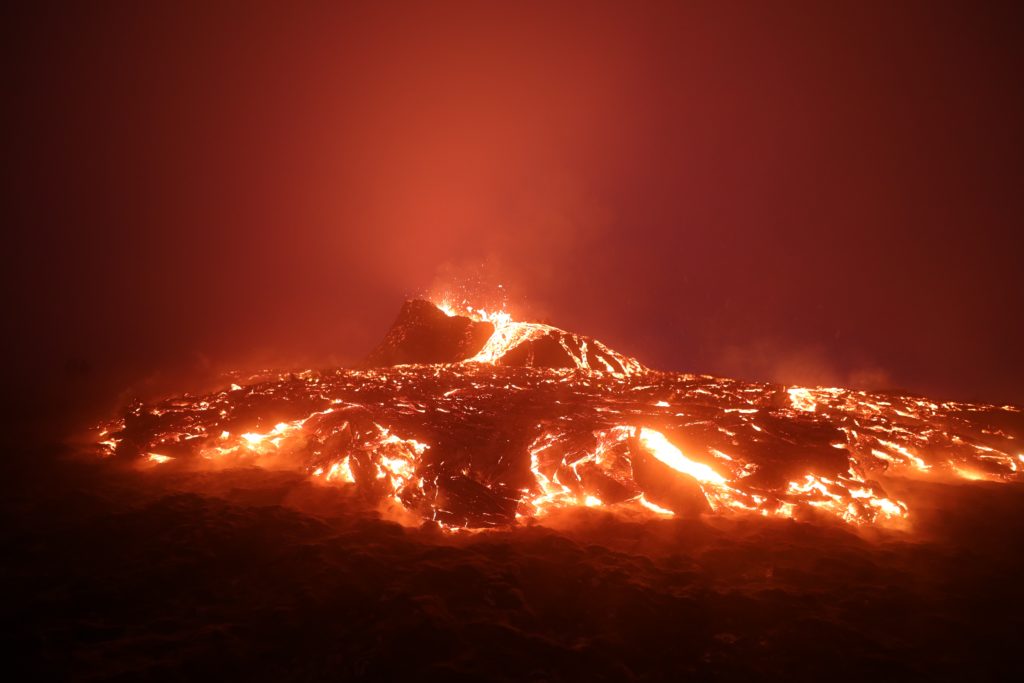Geology isn’t a heavily covered topic in science, but its introduction as a field in school through rock cycles sparked a serious mineral collection hobby a few years back and still resonates with me today. The most interesting thing to me at the time in those days of learning was the role of magma in the cycle. I’m no mineralogist but some of the rocks look pretty sick, and so there was no push necessary for a dive in on magma and its impacts.
Magma is characterized by any form of molten mantle rock, mostly found in Earth’s lower crust and spawned as a result of exposure to high temperatures and pressure. Following, its penetration of the surface classifies it to newly birthed lava, which when cooled, forms a collection of igneous rocks; derived from the word “ignis” (its Latin root that translates to fire), and one of the three major rock types. Igneous rocks today make up the majority of Earth’s continental and oceanic crusts (60% the former and 90% the latter), only due to a variety of magma escape routes that allow for the liquid to spill out.
To start, mantle hotspots that fulfill specific conditions become little reservoirs. These chambers then store magma that seep in as a result of density differences with surrounding rock, collectively culminating into large pools of red, relatively closer to the surface. Elemental composition in magma stems from its original mineral derivation, and leads to the formation of diverse igneous rocks following cooling. Though all chambers are ultimately a mix of some sort, Mafic (Basaltic), Intermediate (Andesitic), and Felsic comprise the 3 main magma types and are distinguished based on their Iron & Magnesium to Silica ratios, which give each unique properties, colors, and temperature ranges.
Going back to escape routes, there are many ways magma can leave its chamber and leave a lasting impression on our geological landscape in doing so. Mass pressure buildup overtime inevitably leads to a break and eruption, where magma is able to breach its confines and leak onto the surface. Explosive volcanoes have historically been able to do serious damage, though eruption doesn’t always have to mean volatile and unstable. In shield volcanoes, which resemble a dome like shape in mountains, magma can gently pour out of cracks in the ground, resulting in what we call lava flow. Lava lakes and pools are common products of this on land, whilst in the ocean, seamounts and new oceanic crust immediately form. These underwater open chambers can also release gasses; acting as mineral deposits for midnight zone ecosystems and spawning vents/geysers all across the ocean floor. However, magma doesn’t always pass through the crust when it rises, sometimes branching away from its chamber and solidifying in its isolated route, something known as crust intrusion.

